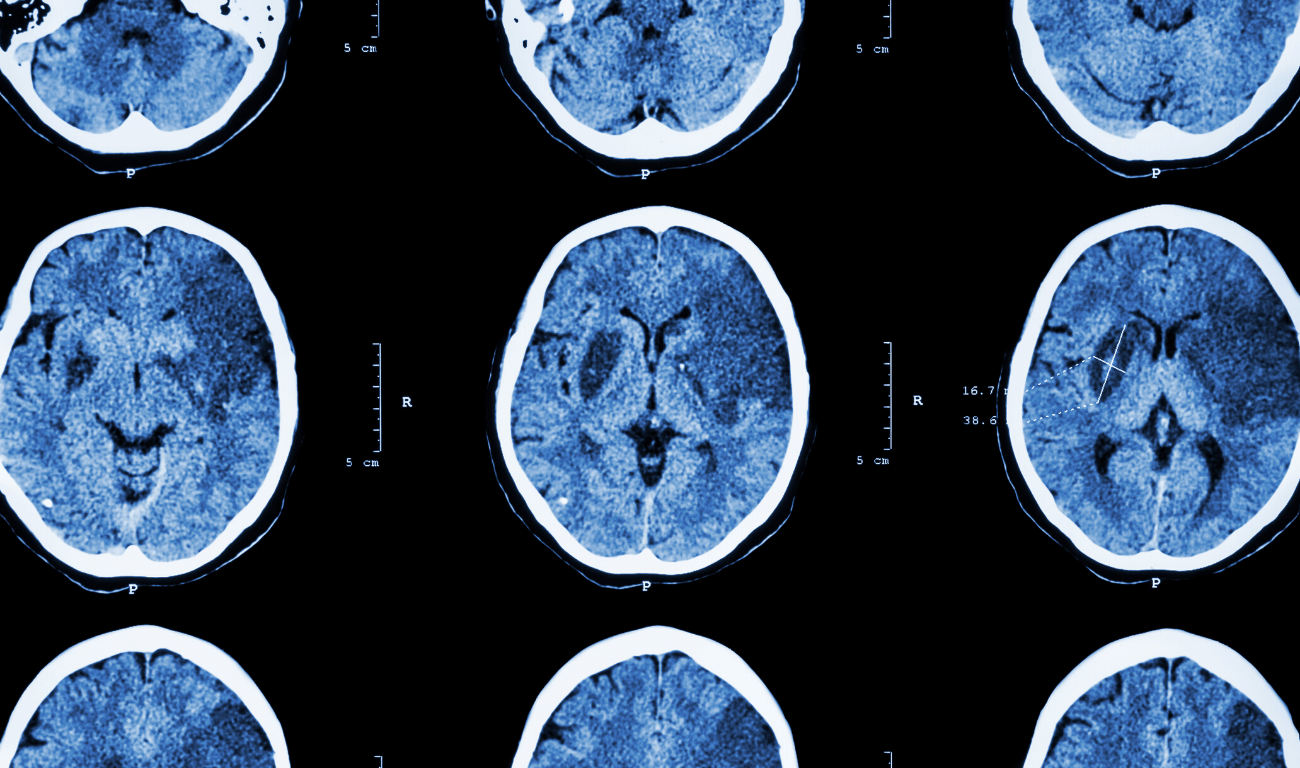

Chest pain : Not getting enough oxygen into the lungs creates an urge to breathe deep and this repeated action causes pain and discomfort in the chest.Because of incomplete exhalation, carbon-di-oxide concentration increases in the body causing rapid breathing Rapid breathing : Low oxygen levels in the blood causes shortness of breath and a hunger for air.Extremely low levels of oxygen can also lead to loss of consciousness or inability to stay awake or even get up. Dizziness is a temporary feeling which might come and go while confusion affects a person’s thinking capacity. Dizziness and confusion is a feeling of lightheadedness or a feeling of fainting while confusion is a situation when a person is not able to think straight.Restlessness is a feeling to constantly move, not being able to calm the mind or a combination of both.Throbbing headache : lack of oxygen in the brain causes sudden and rapid increase in blood pressure in the brain, leading to throbbing headache.Shortness of breath or breathlessness is an uncomfortable condition which makes it difficult to get air fully into the lungs.This is not very accurate compared to the ABG test as it depends on many factors like dirty fingers, nail polish and poor circulation to the extremities. It measures the blood oxygen by light absorption through a person’s pulse. So, an alternative test can be done using a small device known as a pulse oximeter – a small device which is clipped on a person’s finger. The most efficient way to measure blood oxygen level is through an ABG test, which requires a blood sample of a person and is done in a laboratory. In spite of low blood oxygen levels, a person shows no signs – a condition known as happy hypoxia (low levels of oxygen at tissue levels). Reports suggest that the younger generation is taking time to realize the infection in their bodies which is spreading the virus more rapidly. The second wave of COVID-19 is affecting the youth more than the elderly. Oxygen levels above 95-100 are considered normal and a value between 91-94 requires regular monitoring (prone breathing helps improve levels in this situation), values below 91 indicates hypoxemia, low blood oxygen levels. Most of the oxygen in the body is carried by the red blood cells, which collect oxygen from the lungs and deliver it to different parts of the body.

Blood Oxygen levels, also known as oxygen saturation or SpO2, is the amount of oxygenated haemoglobin circulating in the blood i.e it indicates how well the body carries oxygen to all parts of the body.


 0 kommentar(er)
0 kommentar(er)
